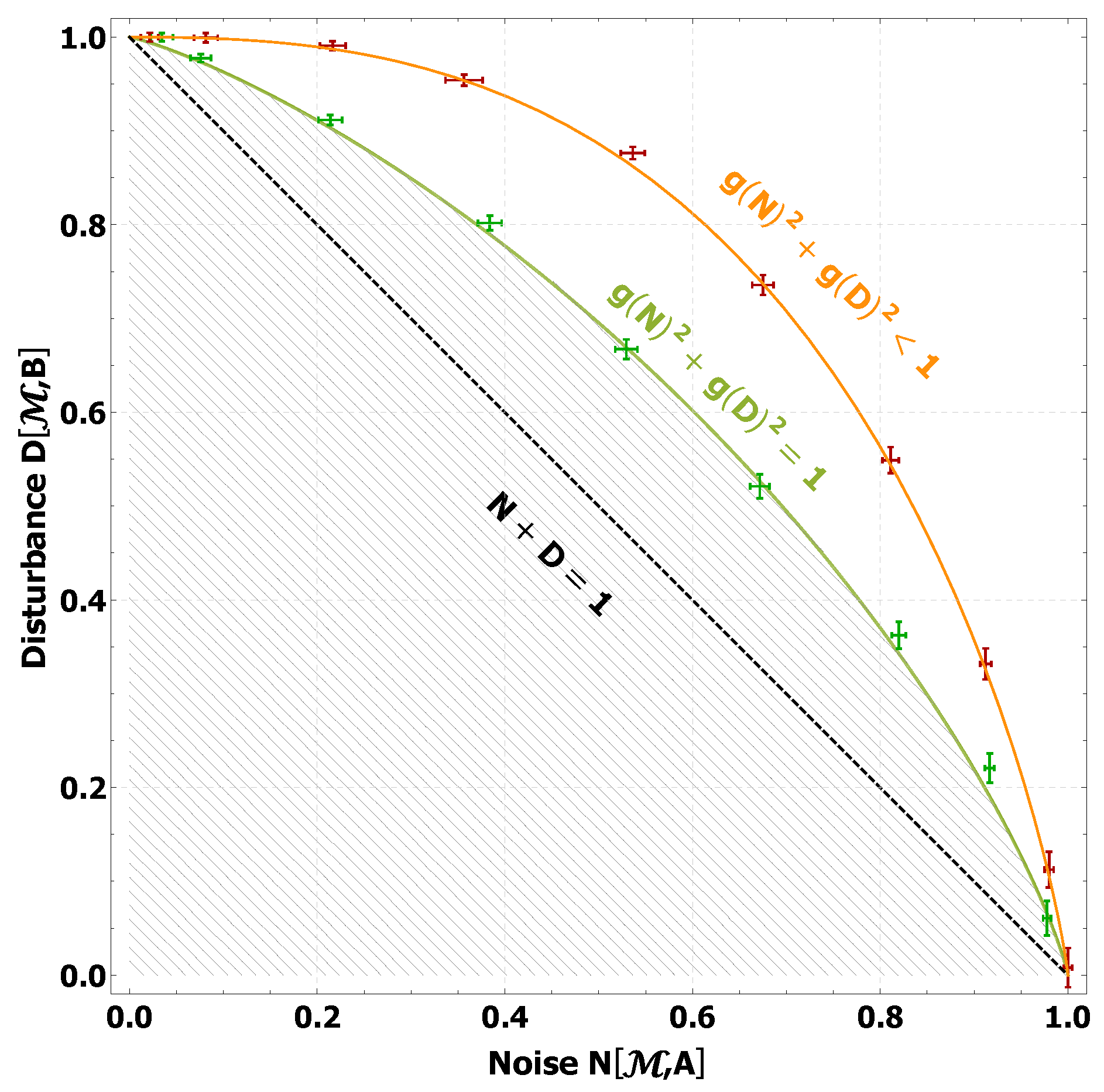

This Red Alert is to enable visitors to my website to take appropriate actions to safeguard their wealth and welfare of their families in the coming months. However, when the data is compelling and supports an inevitable trend, it is time for another review. My website is free and I do not sell a financial newsletter so there is no need for me to churn out daily forecasts or analysis.

I appreciate their anxiety but they forget that I am not a stock market analyst who is paid to write articles to lure investors back into the market. IMD has issued a Red Alert in multiple districts of Kerala and Indian armed forces are currently running rescue operations in the state.Many of my friends who have been receiving my e-mail alerts over the last two years have lamented that in recent weeks I have not commented on the state of the global economy. Over 9 people have been reported dead and several dozen are missing in Kerala amid the heavy rains and flooding of places near water bodies. IMD has further said that “even though colour code criteria used by all the centres are the same, it is not necessary that the colour code used for the subdivisional warning will be the same as the colour code used for any district in that subdivision.” This difference arises because of the difference in resources, geographical location and population. While the general view around the colour codes remains the above, more specific guidelines are issued to the public and authorities depending on the type of weather condition- rainfall, snowfall, thunderstorm, lightning, dust storm etc. Orange- Be prepared for severe circumstances Yellow- Watch the situation and stay updated According to IMD, here’s the meaning behind the colour coded alerts. The IMD has stated that the “colour codes are used in weather warnings for bringing out the severity of the weather phenomena expected.” The reason behind issuing these codes is to determine the “impact of the weather expected so as to keep them ready for necessary action related to disaster risk reduction". The main question remains- what are the colour codes and what do they signify? The answer to this is that there are a total of four colour codes- green, yellow, orange and red- and they signify the intensity of the weather conditions in that specific area. These alerts have been issued to warn the citizens of the weather conditions beforehand so they can take the necessary precautions. Before Kerala, the IMD had also issued yellow and orange alerts in different parts of the country such as Madhya Pradesh, Delhi, Maharashtra, Karnataka, Tamil Nadu and Telangana.


 0 kommentar(er)
0 kommentar(er)
